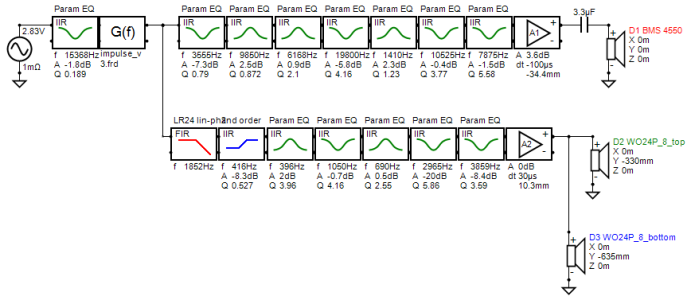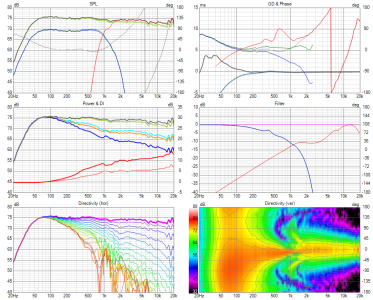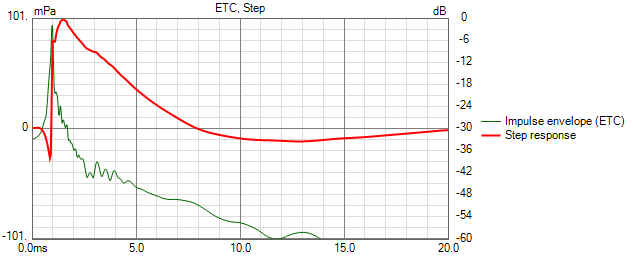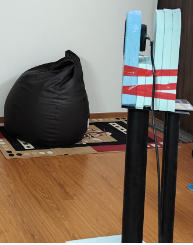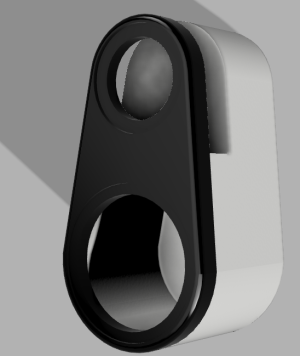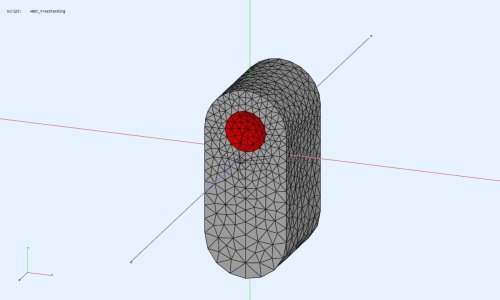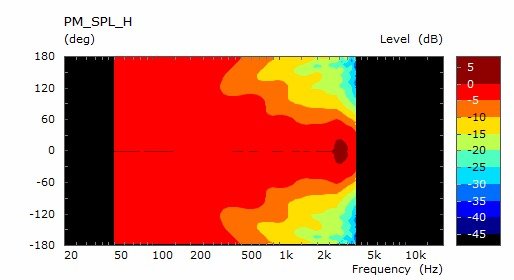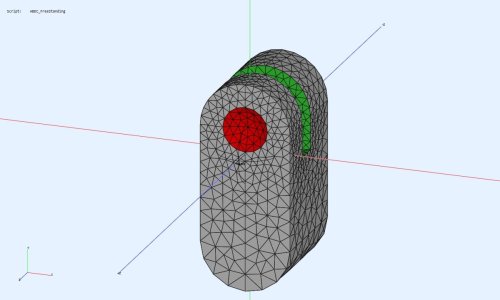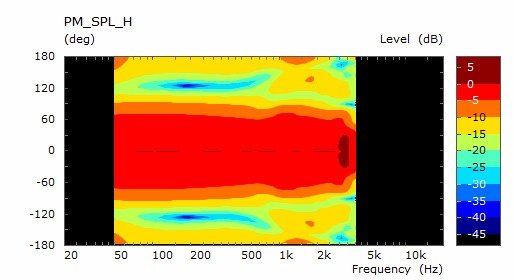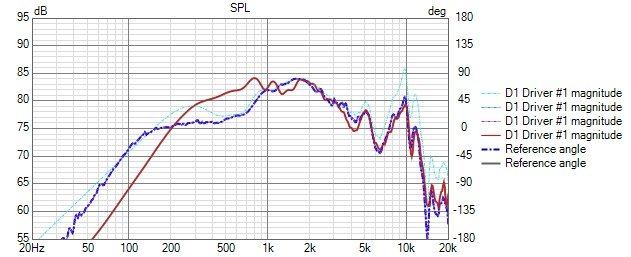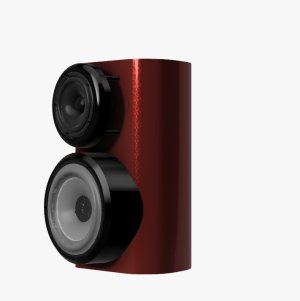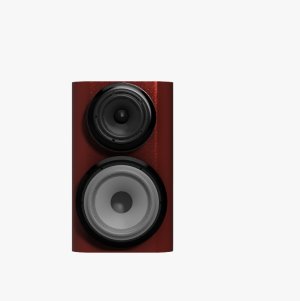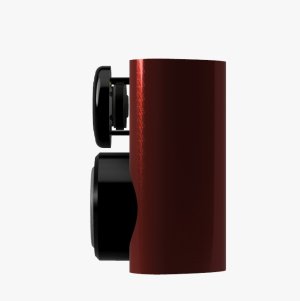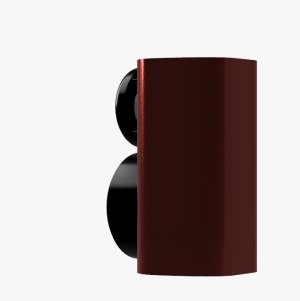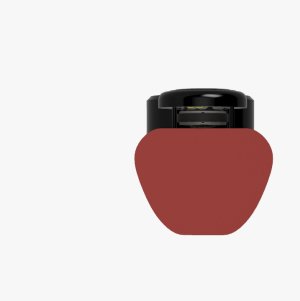Vineethkumar01
Well-Known Member
Recent discussions over in this forum and over at diyaudio reignited my interest in cardioid speakers. So I thought why not create a thread for it, apply little brainstorming and try to build one (the first prototype).. 
With recent advances in BEM simulations using ATH software, mabat has presented some very interesting sims on how to make cardioid radiation pattern with woofers with a very simple design. The original discussion is available around here:
 www.diyaudio.com
www.diyaudio.com
Recently mabat gave me some ideas for a 5-inch driver-based prototype design. The design is scalable to higher radius drivers.
Let's see if the idea works out or not..
I am reposting mabat's ideas and simulation results here.
Cabinet design for the woofer (red colored portion in below pic is the driver ):


horizontal directivity

Vertical directivity

The kind of final design concept that mabat likes at the moment look like the following:
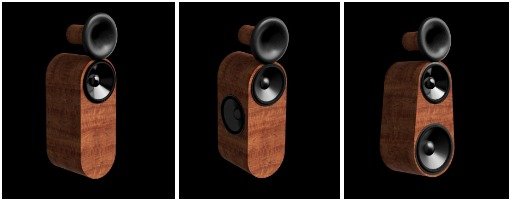
Cardioid mids+matching horn on top+properly integrated subwoofer for the lowest frequencies
For now let's start with an xps foam prototype box and some measurements
if it works out, we can think about a real build..
With recent advances in BEM simulations using ATH software, mabat has presented some very interesting sims on how to make cardioid radiation pattern with woofers with a very simple design. The original discussion is available around here:
Acoustic Horn Design – The Easy Way (Ath4)
Any recommendations? I suggest you move over to augerpro's waveguide thread for dome tweeters https://www.diyaudio.com/community/threads/open-source-waveguides-for-cnc-3d-printing.318190/ and augerpro's dedicated website: https://www.somasonus.net/waveguides
Recently mabat gave me some ideas for a 5-inch driver-based prototype design. The design is scalable to higher radius drivers.
Let's see if the idea works out or not..
I am reposting mabat's ideas and simulation results here.
Cabinet design for the woofer (red colored portion in below pic is the driver ):
horizontal directivity
Vertical directivity
The kind of final design concept that mabat likes at the moment look like the following:

Cardioid mids+matching horn on top+properly integrated subwoofer for the lowest frequencies
For now let's start with an xps foam prototype box and some measurements
if it works out, we can think about a real build..


